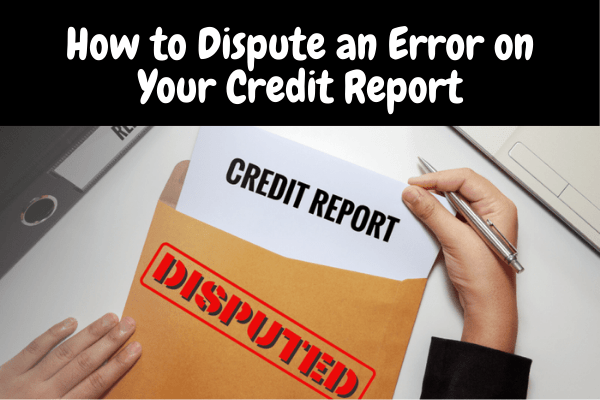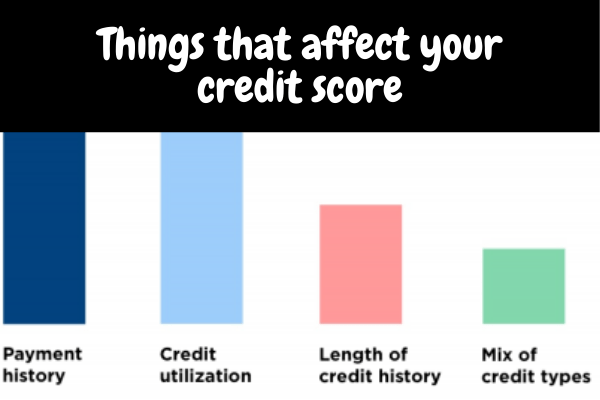How to Dispute an Error on Credit Report
- Home
- Credit Score
- How to Dispute an Error on Credit Report
How to Dispute an Error on Credit Report
How to Dispute an Error on Credit Report
A 2012 Federal Trade Commission (FTC) report discovered that about one in four Americans found at least one potentially significant error on at least one of their credit reports. While credit report errors aren’t uncommon, what’s most important is that you have a right to dispute the inaccurate information. Here are some important steps to consider when filing a dispute.
Step 1: Learn how to spot an error and what it could mean.
What is an error?
Simply put, an error is information on your credit report that shouldn’t be there. This could be because it isn’t yours, it’s incorrectly reported or it’s against the law to be listed. Common credit report errors can include:
- Account-Related Errors
- A late payment that’s more than seven years old
- Having a credit card or loan account listed that doesn’t belong to you (or that you’re not a co-signer or an authorized user on)
- An account was closed by you, but it’s listed as closed by the provider
- Derogatory Mark Errors
- A paid-off collections account is still showing as unpaid
- A paid tax lien that is more than seven years past the date of payment
- An account that was discharged in bankruptcy is still showing up as active with a balance (account history can still be reported)
- Personal Information Errors
- Wrong name listed
- Addresses you’ve never lived at or used as a mailing address
- Inaccurate employer information
*If your credit report is missing information, that doesn’t necessarily mean there’s an error because your information doesn’t necessarily have to be reported to all of the credit bureaus or the latest changes to your credit haven’t been reflected in your report yet due to normal processing times.
What effect can an error have?
Account-related and derogatory mark errors could affect your credit score, which could then affect whether you’ll qualify for a financial product such as a credit card or loan and what terms you can get. Personal information errors typically don’t affect your credit score, but they could alert you to a reporting issue — or even fraud.
Step 2: Review your credit reports.
How are credit reports created?
Certain companies, including credit card issuers, loan providers and debt collection agencies, may choose to report your information to one or more credit bureaus. Credit bureaus collect that information and may also seek out court or other public records to put together the information that can be shown on your credit report.
The three national credit bureaus (Equifax, Experian and TransUnion) can then share your credit report with you and with people or companies who have a legal reason to ask for it. Credit bureaus and data furnishers are subject to regulations, such as the Fair Credit Reporting Act, to ensure the data on your credit report is accurate.
How do you get your credit reports?
You are entitled to receive one free copy of your credit report from each of the three national credit bureaus each year at AnnualCreditReport.com. If you’ve already used up your free reports for the year, you can still gain access to them directly through the credit bureaus, but you’ll likely have to pay a fee.
Step 3: Notice an error? Determine what you should do next.
You found an error on your credit report. What you do next may depend on the type of error. Is there an account or late payment that shouldn’t be there? Have you talked about it with your credit card company or loan provider? If the error is easy to resolve by contacting your creditor directly, that might be all that’s needed. If not, you can file a dispute.





